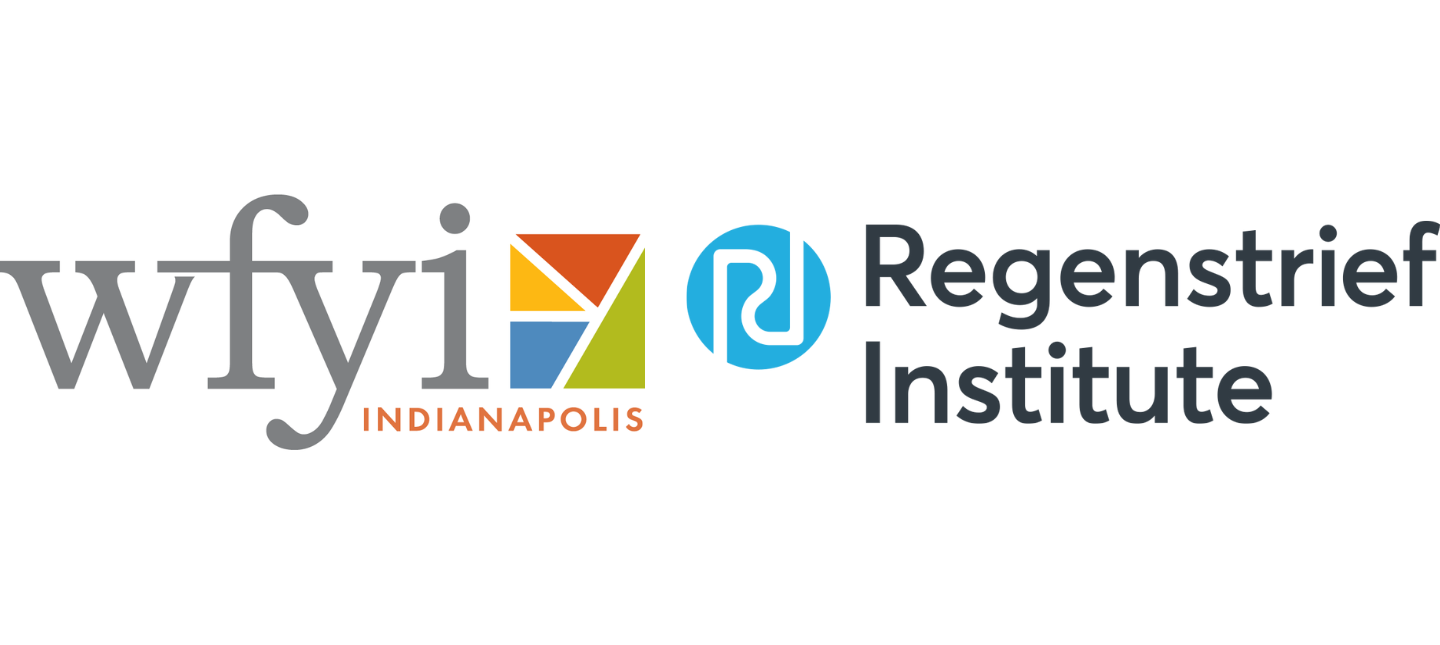By Gregory Schmidt, MD & Theresa Cullen, MD, MS
Healthcare in America is a pairing of extremes. When ranked, the United States has some of the very best and the very worst healthcare metrics. Cancer survival remains the highest of any country, yet maternal deaths and infant deaths rank the worst of all developed nations. Americans are able to spend twofold more per capita on healthcare than the OECD average, yet still end up with one-in-four patients who underuse their lifesaving insulin because of costs. American Indian/Alaska Native (AI/AN) people have the lowest life expectancy for US all races and one of the highest disease burdens.
How can America develop an exemplary health system? What do patients, providers, and the public need to focus on to strengthen care in America? How can the healthcare system help achieve health equity for all races, including American Indian/Alaska Native?
Fragmentation: Patients & Caregivers
American Indian/Alaska Native populations in particular have high chronic disease burdens. Patients with chronic conditions experience the effects of fragmented care most acutely. They endure the worry of not knowing the next step in their care, the breakdown in communication between care providers, and the lack of continuity of care that results in lost paperwork, redundant testing, and poor outcomes.
When patients and their caregivers try to become more involved, often they are met with difficulty obtaining their medical records. This barrier exists despite a decade of evidence through the OpenNotes trials that demonstrate the powerful benefits of permitting patients full access to their records. Access to personal health records for American Indian/Alaska Native people is further complicated by the ‘digital divide’ and decreased internet availability in American Indian/Alaska Native communities.
Fragmentation: Providers
Many American Indian/Alaska Native people require care that is not available on their reservations and/or within the Indian Healthcare System. As a result, they are referred for consultations and more complex care to healthcare teams spread across an increasing number of facilities and providers. These appropriate referrals highlight a pressing and ubiquitous need for tools that improve communication, data exchange, and task distribution across an evolving healthcare ecosystem.
Clinicians experience the effects of data fragmentation twice. First, inadequate advancements in data interoperability and exchange leave data stranded as patients move between care settings. Second, many electronic health record systems, including Resource and Patient Management System (RPMS – the Indian Health System health information technology solution) further fragment information across multiple tabs and windows through poor user interface designs. This leads to clinicians having a partial picture of the patient’s medical story.
Clinicians were optimistic that the electronic medical record would reduce administrative burden, improve the quality of their work, and allow them to provide better care. However, in many ways, the opposite has happened. See further, Why Doctors Hate their Computers, and Death by a Thousand Clicks: Where Electronic Health Records Went Wrong.
Fragmentation: Public and Population Health
Public health and population health cannot function in silos. Advanced public health tools, such as the ability to predict and track disease outbreaks, public health threats, and drug side-effects are only possible through the integration of semi-real-time aggregate data.
Population health improvement, with a focus on social determinants of health as well as prevention, and high-value health care interventions, require linked near real time outcome data to measure effectiveness and understand where the best interventions are. Indian Health Service has been a leader in the community oriented primary care model, supporting the integration of information technology that incorporates public and population health tools at the point of care since the 1970s. However, there are still data sets waiting to be linked together and undiscovered influences waiting to be found.
Healthcare fragmentation is not just a public health threat, but also an economic burden for communities as well as individual patients.
Indian Health Services & the Opportunity of Innovation
Patients and their families deserve seamless care during their times of sickness and in health. Health and healthcare follow individuals throughout their entire life; medical records should too.
This challenge presents a significant and honourable opportunity for entrepreneurs, innovators, and everyday citizens. Solutions must start with the patient and the community. The desire to provide high-quality, compassionate, patient-centered care must lead to information, operations, and logistics systems designed to support this goal.
However, this high-empathy vision is only possible with novel and appropriate tech solutions.
The Indian Health Service Modernization Project provides an opportunity to lead healthcare innovation in America. IHS can insist upon a care-first and patient-first medical record design. It can promote electronic health record technology and standards that prioritize data portability, access, population health and equity.
The potential for advancements in clinical information systems to provide users with advanced clinical decision support will enable patients, families, and healthcare professionals to provide care with a new level of medical expertise, precision, and safety.
The Indian Health Service Modernization Project presents an opportunity to highlight the benefits to patients, providers, and the public of human-centered health information systems and their ability to help build an integrated care system.









